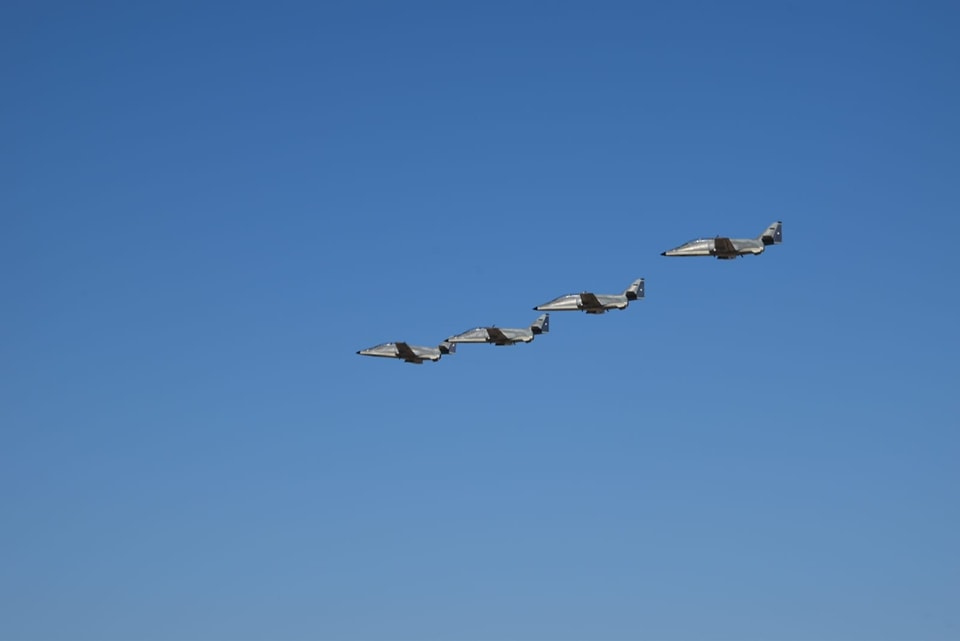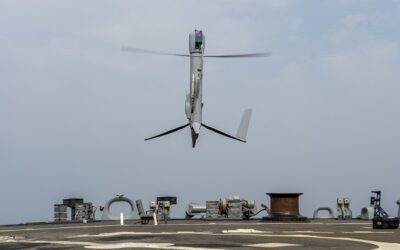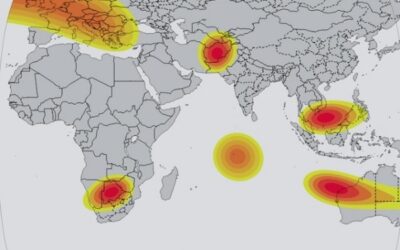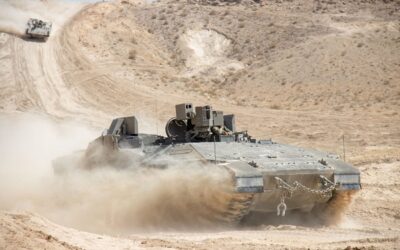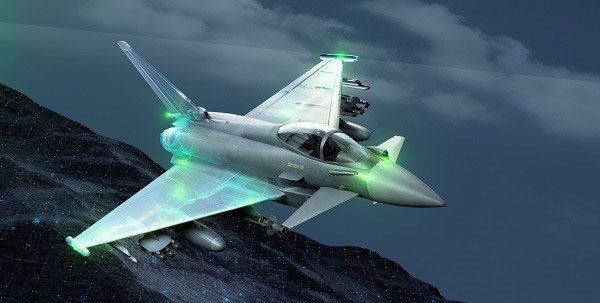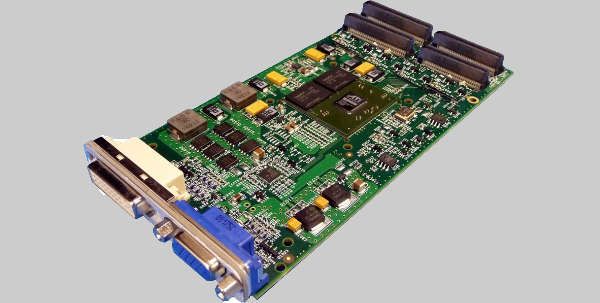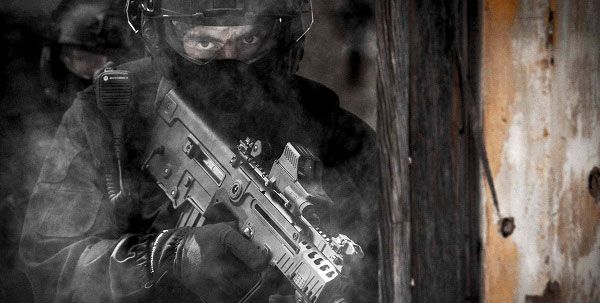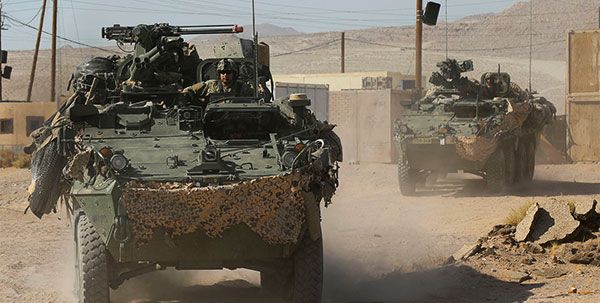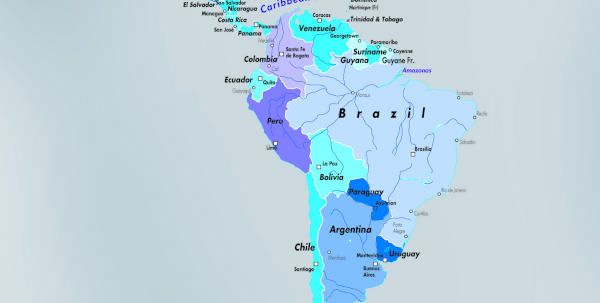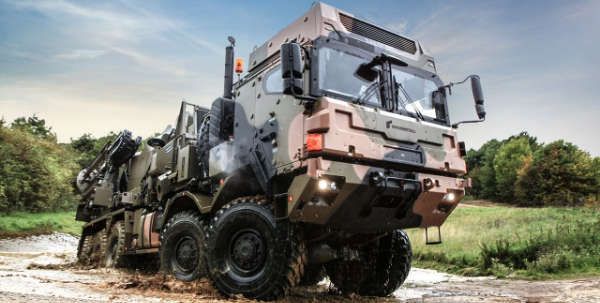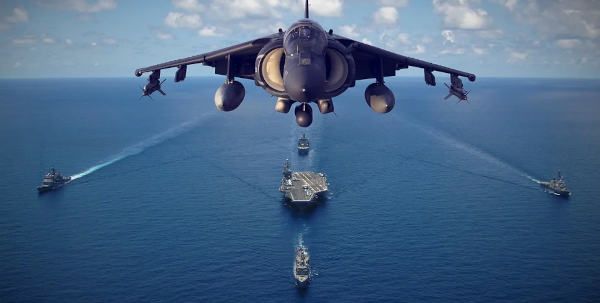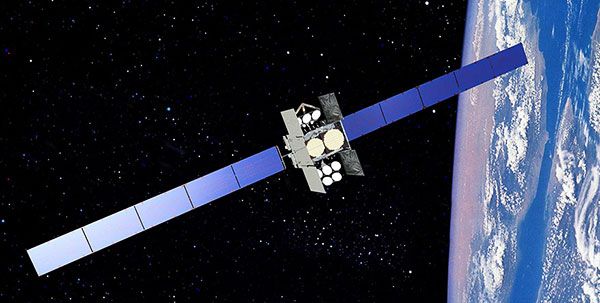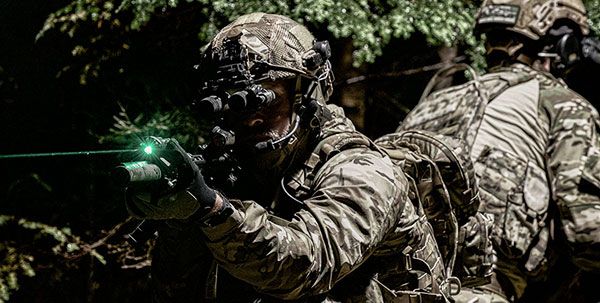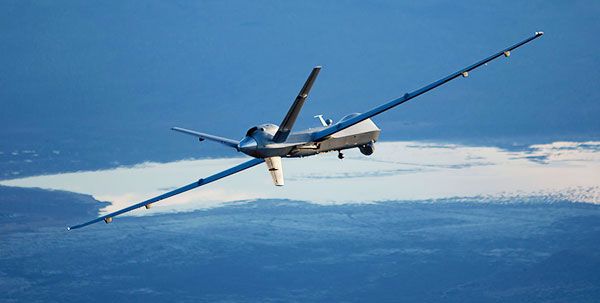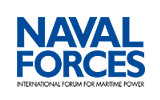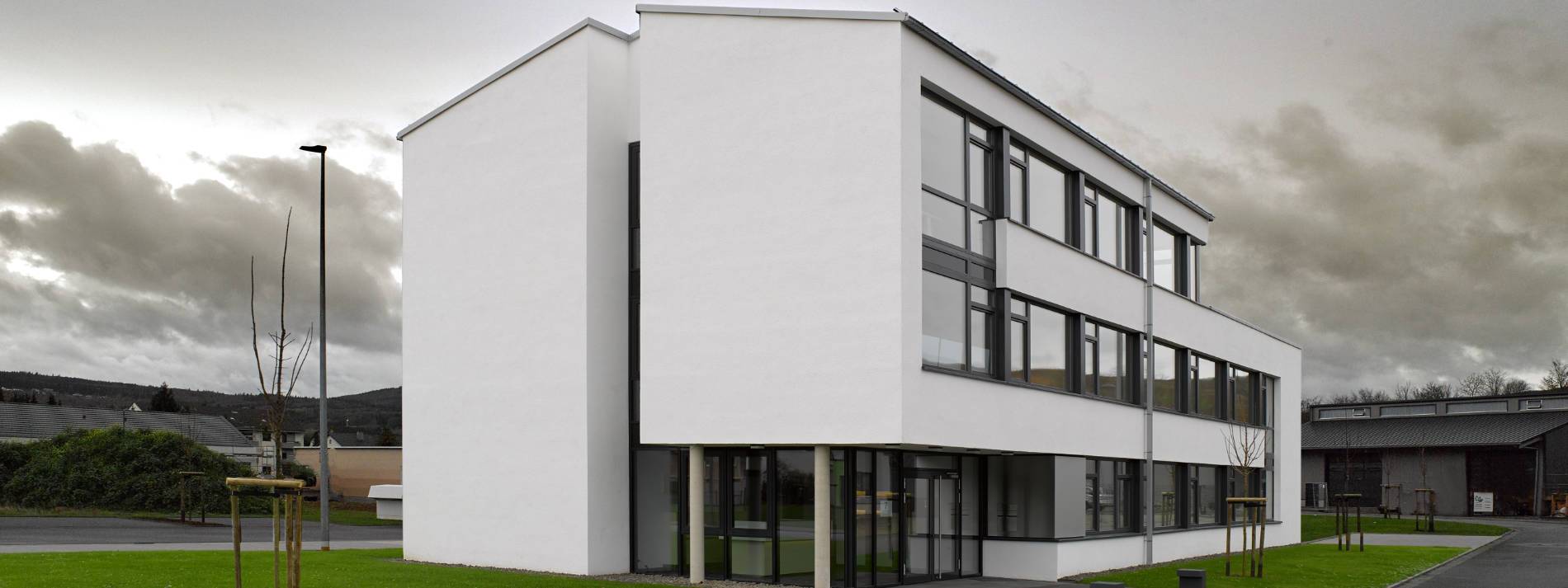Training and Light Attack Roles Transferred to Super Tucano
The final flight of the Chilean Air Force’s (FACh) CASA C-101 trainer aircaft was conducted at Iquique on 27 December, after 41 years’ service.
The initial 12 C-101BB aircraft – four delivered assembled from Spain, the rest assembled in Chile by ENAER – were acquired in 1981 and designated the T-36 Halcón, replacing the Cessna T-37. Two further aircraft were acquired in 1984 then, since the decision had been taken to acquire a more capable aircraft, 22 C-101CC were procured, delivered 1986-1998. The latter variant, powered by a more powerful Garrett TFE731-5-1J engine, was designated the A-36 Halcón, incorporating light attack and air defence capabilities. An evaluation was conducted to assess the possible operational use of the Sea Eagle missile, but such a capability was not adopted by the force.
A modernisation process involving HOTAS controls, new navigation and attack systems from SAGEM, and an HUD, among other features, was begun in 1996 and resulted in what became known as the A-36 Halcón II: when twelve aircraft were modernised and declared operational, they were baptised as Toqui. A quantity of spares and an additional C-101CC were procured from Jordan in 2017, though the latter aircraft did not enter operational service.
Santiago Rivas in Buenos Aires for MON

